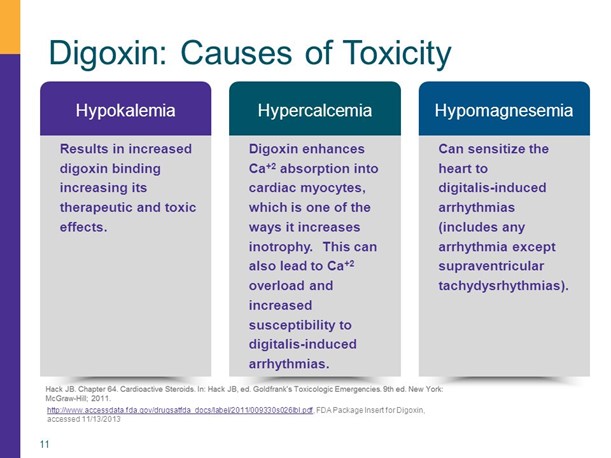A nurse is planning to teach a client who is trying to quit smoking. Which of the following instructions about nicotine replacement options should the nurse include?
Administer 2 sprays of nicotine nasal spray in each nostril with each dose.
Do not drink beverages while sucking on a nicotine lozenge.
Chew nicotine gum for 10 min before spitting it out.
Change the nicotine patch every other day.
The Correct Answer is B
A. Administer 2 sprays of nicotine nasal spray in each nostril with each dose: Nicotine nasal spray is administered as a single spray in each nostril with each dose.
B. Do not drink beverages while sucking on a nicotine lozenge.
This instruction is correct because when using nicotine lozenges, the client should not drink beverages while the lozeng is being dissolved in the mouth. The lozenge should be placed in the mouth and allowed to dissolve slowly over a period of about 20-30 minutes. Consuming beverages can wash away the nicotine from the lozenge too quickly, reducing its effectiveness.
C. Chew nicotine gum for 10 min before spitting it out: Nicotine gum should be chewed for a specific time period (about 30 minutes) until the nicotine is released, and then it should be parked between the cheek and gum until the taste fades, at which point it can be chewed again.
D. Change the nicotine patch every other day: Nicotine patches are usually changed daily, and the site of application should be rotated to avoid skin irritation.
Nursing Test Bank
Naxlex Comprehensive Predictor Exams
Related Questions
Correct Answer is D
Explanation
A. Pallor:
Incorrect Explanation: While pallor (pale skin) can be a sign of an allergic reaction, it is not a specific indication of an allergic reaction to penicillin.
Explanation: Pallor can occur for various reasons, including shock or vasovagal responses, and it is not unique to allergic reactions.
B. Dyspepsia:
Incorrect Explanation: Dyspepsia (indigestion or upset stomach) is not a typical sign of an allergic reaction.
Explanation: Allergic reactions are more commonly associated with skin, respiratory, and cardiovascular symptoms, rather than gastrointestinal symptoms like dyspepsia.
C. Bradycardia:
Incorrect Explanation: Bradycardia (slow heart rate) is not a typical indicator of an allergic reaction.
Explanation: Allergic reactions generally do not directly cause bradycardia. Rapid heart rate (tachycardia) can be a symptom of an allergic reaction in some cases.
D. Urticaria:
Correct Answer: Urticaria (hives) is a common and characteristic sign of an allergic reaction, including to penicillin.
Explanation: Urticaria presents as raised, itchy, and often red welts on the skin. It is a classic manifestation of an allergic response and can occur rapidly after exposure to an allergen, including medications like penicillin.
Correct Answer is D
Explanation
A. Taking an HMG CoA reductase inhibitor (commonly known as statins) is not directly associated with digoxin toxicity. Statins are used to lower cholesterol levels.
B. Having a 10-year history of COPD (chronic obstructive pulmonary disease) is not directly linked to an increased risk of digoxin toxicity.
C. Having a prolapsed mitral valve is a valvular disorder and is not a primary factor that contributes to digoxin toxicity.
D. Taking a high-ceiling diuretic
The factor that predisposes the client to develop digoxin toxicity is taking a high-ceiling diuretic.
Digoxin toxicity can be influenced by several factors. One important factor is the levels of potassium in the blood. High-ceiling diuretics, also known as loop diuretics (e.g., furosemide), can lead to potassium loss through increased urinary excretion. Low levels of potassium (hypokalemia) can increase the risk of digoxin toxicity, as digoxin has a greater effect on the heart when potassium levels are low.

Whether you are a student looking to ace your exams or a practicing nurse seeking to enhance your expertise , our nursing education contents will empower you with the confidence and competence to make a difference in the lives of patients and become a respected leader in the healthcare field.
Visit Naxlex, invest in your future and unlock endless possibilities with our unparalleled nursing education contents today
Report Wrong Answer on the Current Question
Do you disagree with the answer? If yes, what is your expected answer? Explain.
Kindly be descriptive with the issue you are facing.
